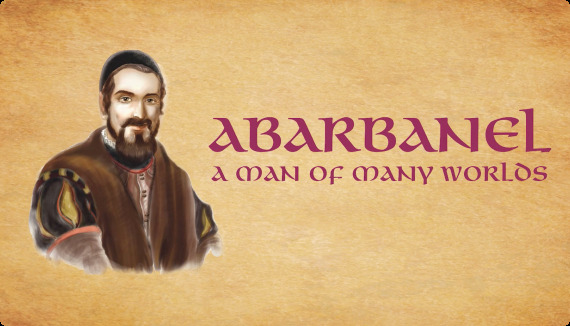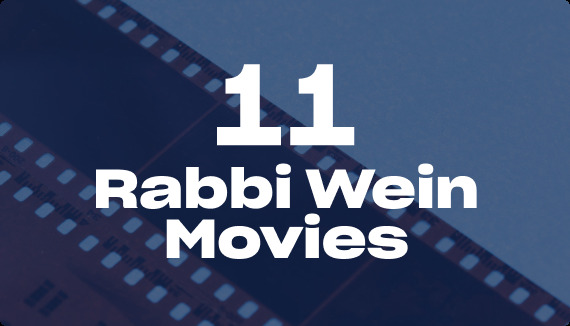The end of the book of Shemot describes the culmination of the events of the exodus from Egypt, the revelation at Sinai and the construction of the Mishkan/Tabernacle. All of these events are certainly on the positive side of the historical ledger. On the other side of that historical ledger sheet that the book of Shemot represents there is the sin of the Golden Calf and the constant carping and complaining of the Jewish people against Moshe and against the God of Israel.
In effect, this sets the template for all further Jewish history. There are always ups and downs, plus and minuses in the national behavior of the Jewish people. The book of Shemot ends on a triumphant note – the spirit of God, so to speak, invests and dwells within the Jewish people and the Mishkan/Tabernacle that they so lovingly built –promises an eternal relationship.
Jewish tradition teaches us that this is the ultimate result of the long story of our existence. It will end triumphantly but there will be many serious bumps on the road before we arrive at our ultimate destination. And therefore it seems especially appropriate that at the conclusion of this holy book, the entire congregation rises to proclaim that we will be strengthened in our lives and experiences. We will attempt to strengthen the positive side of our ledger and minimize the entries on the other side.
The Torah expended much detail and space to the construction of the Mishkan/Tabernacle. Part of the reason for the need to adhere to the laws in this regard is that the devil lies in the details. All of history instructs us that seemingly unimportant details shape great events, with unexpected results.
The ineptness of Archduke Ferdinand’s chauffer, who drove the car back into the teeth of the assassins’ ambush after first escaping from it, helped bring about the cataclysmic events that are called World War I. The Jewish people questioned why Moshe was late on retuning from his ascent on Mount Sinai and thus the conditions for the construction of the Golden Calf somehow presented themselves.
All of Jewish law and halachi decisions are built upon recognizing and analyzing the details of the issues involved. It is the small detail that builds the general rule, not the other way around. We are all aware how in architecture, manufacturing and construction for example, it is the smallest detail that is the difference between success and failure, achievement or disaster.
This is in line with the details regarding the Mishkan/Tabernacle, which in turn reflect the Torah itself, which in its turn reflects and represents all of human life. Today’s parsha teaches us the requirement of accountability in all aspects of our lives. All of these ideas are taught to us to help us form a proper ledger book on the basis of whose entries we will be eventually judged. This book of Shemot stands as the book of human judgment and understanding.
Shabbat shalom
Rabbi Berel Wein



